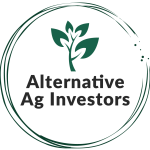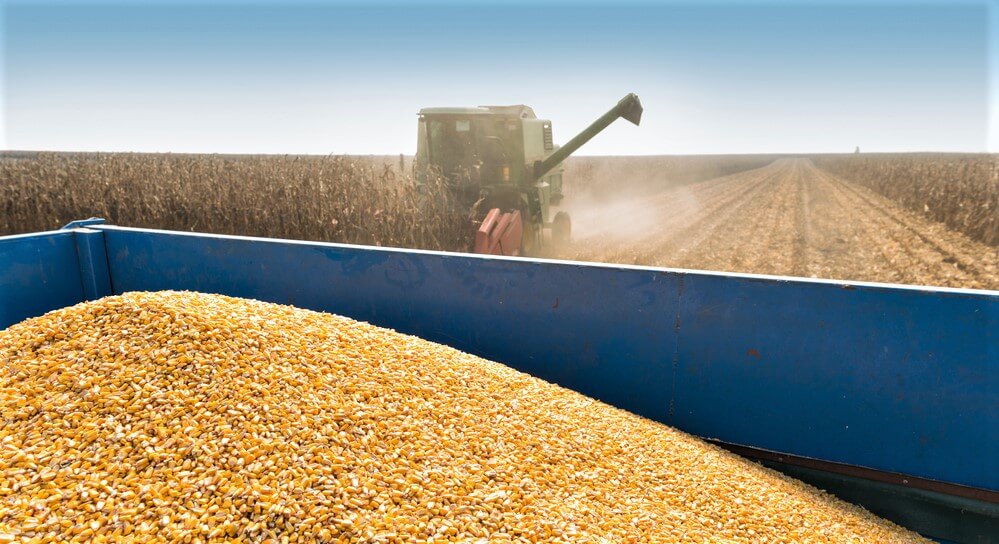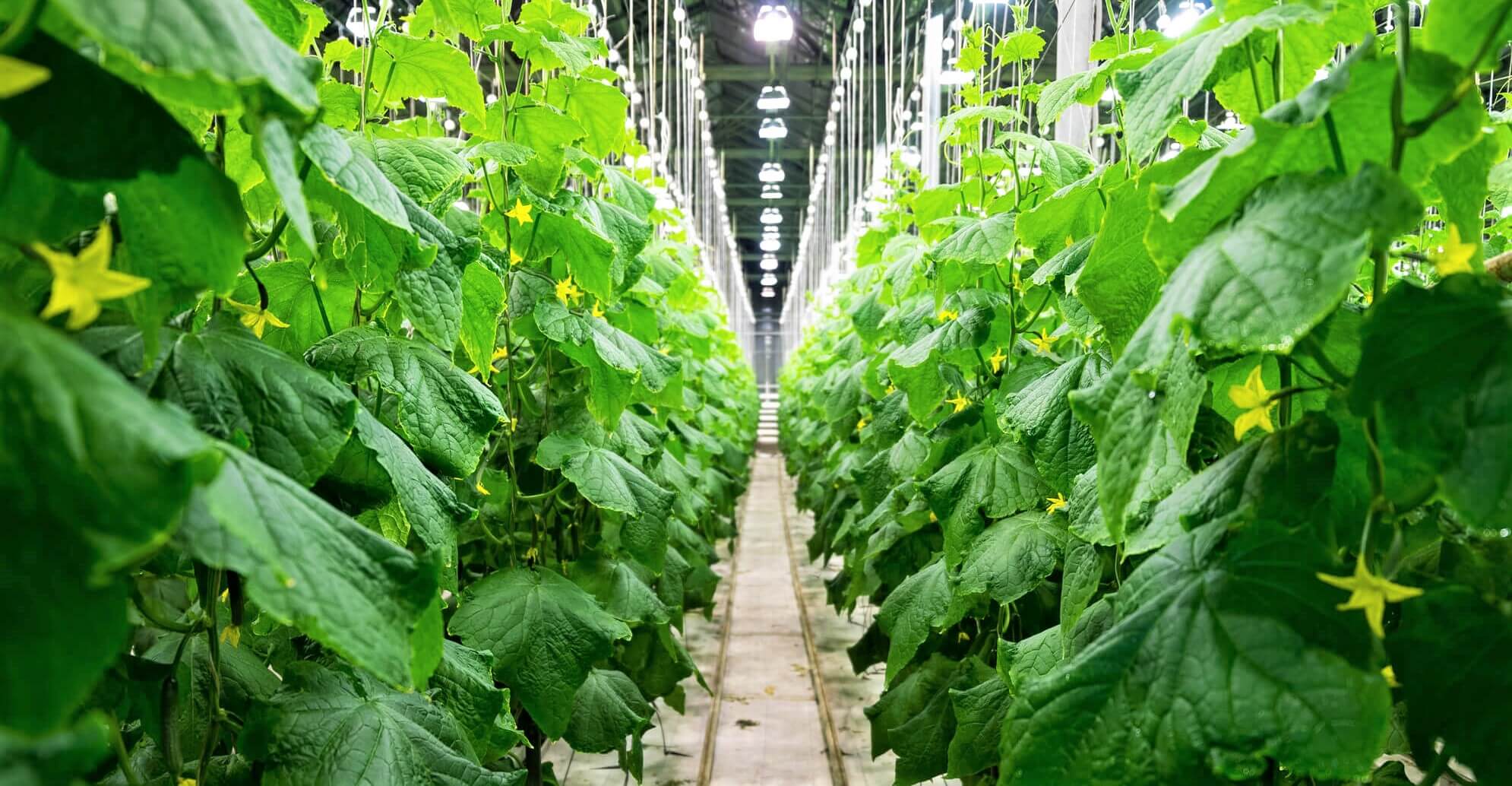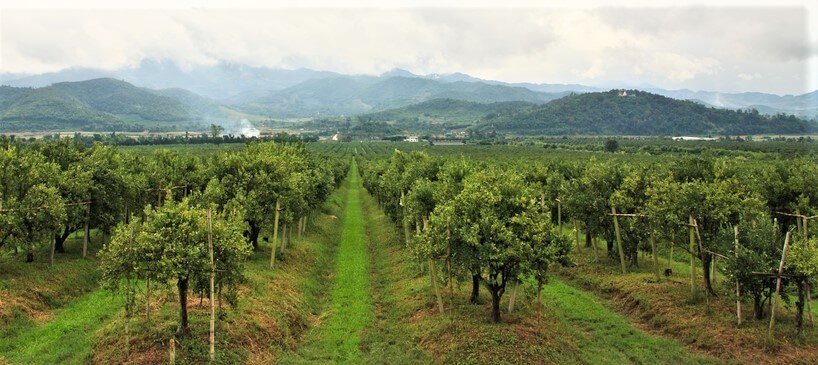Inflation is coming. No, inflation is here… big time. And not just in the United States… it will likely be a lasting …

Alternative Ag Investors Passive Income From Farmland Ownership
Teak
Offer at a Glance:
- Location: Torti in Panama Province, Panama & Gran Pacifica, Nicaragua
- Price: $7,086 to $18,324 (depending on tree age & country)
- IRR: 5.42% to 36.31% (depending on price & quality)
- ROI: 67% to 3,020% (depending on age of trees at purchase)
- First harvest payment: 12, 24 or 25 years (estimated to be between $92,525 and $94,645)
- Duration: Perpetual; replant after harvest
- Title: Freehold title
- Project size: 4 projects totaling 93 acres (37.6 hectares)
- Minimum purchase: 1/4 acre (approx. 1/10 hectare)
If you’re interested in more details, including the company brochure and full financials, click the link below and learn how this opportunity can be a part of your portfolio.
Why Teak?
Teak, tectona grandis, is a tropical hardwood tree yielding timber that is commonly used in the fabrication of indoor and outdoor furniture, doors, watercraft, beams, columns, and flooring. Teak products are in such high demand because of the tree’s remarkable qualities including its durability, its ability to repel water and termites, and because it doesn’t rot. As the trees mature, they are even resistant to fire damage.
Native to Southeast Asia, teakwood has been used for centuries for building homes, boats, furniture and even medicinally as a tea. In fact, the deck of the Titanic was made out of teak. Today there are more than 3 million hectares of land (7.4 million acres) reserved for teak plantations throughout the world.
A Different Kind of Farmland Investment
Before getting into the specific advantages of owning teak, let’s take a look at timber investments in general. The first difference between owning timber and other agricultural investments is the time frame for your payout. Teak takes roughly 25 years from planting to maturity. This is definitely a long-term play and one which creates generational wealth.
I have a client who purchased a teak lot for each of his grandchildren. When the trees are ready for harvest in their mid to late 20s, it will be just in time to pay off their college loans or use as a down payment on their first house.
The teak I own will be harvested in 2026; I’ll either re-invest the proceeds or maybe spend a few months in Europe. After re-planting, my next harvest won’t occur until I’m in my 90s so it will either go to my niece and nephew or provide me plenty of bingo money at the retirement home.
Another difference is that timberland is one of those assets that provide the ultimate flexibility when it comes time to harvest. Market down? Wait ‘til next year or the year after when you can get the best return on your investment. Trees don’t spoil if they don’t get to the mill by a date certain. Every year you wait, the more the trees grow and the more valuable they become.
The Harvard Endowment Fund, which is worth over $53 billion, holds 10% of its assets in timber investments. What do they know that you don’t? Believe me, they’re in good company. John Malone and Ted Turner each own more than a million acres of timber – it’s the go-to investment for the uber-wealthy.
Growing Demand for Teak
Teak has historically been in high demand and commanded a relatively high price compared to other wood. There is an especially high correlation between population growth, economic growth and consumption of timber products. Not surprisingly, India is the biggest consumer of teak.
According to a September 14, 2021, report by the International Tropical Timber Organization, there will be a substantial increase in wood consumption in India by 2030, exacerbating an existing shortfall between wood production and demand and increasing the country’s reliance on wood imports.
As the birthplace of teak, Southeast Asia has the largest concentration of native teak forests. However, Myanmar (formerly Burma) was a major provider of teak until the government outright banned teak harvesting due to massive deforestation issues. Likewise, India, the world’s largest importer of teak, has banned teak logging since 1980 for similar reasons. Thailand and Laos have also placed a ban on logging natural teak forests.
Illegal logging of old-growth teak forests continues in India and Myanmar, but both countries have implemented serious enforcement measures to minimize deforestation.
In India and China, owning teak furniture is considered a status symbol. In Thailand and Myanmar, teak is considered to be a “royal” tree, further establishing it as a very coveted product. As consumption of teak increases worldwide, the price competition has become intense, especially in the premium luxury markets.
With the majority of supply off-limits to logging, this has created a unique opportunity to meet the extant demand and teak plantations have sprung up across Central America and parts of Africa. The opportunity to fill this increasing demand for a scarce product is certainly one of the reasons for growing teak in places like Panama and Nicaragua. Other reasons include the fact that these countries are ideally suited to grow teak based on excellent soil conditions and plenty of rain.
Prices for teak depend on several variables including the age of the tree, quality of the soil it is grown in, the country of origin and the dimension of the logs. That said, teak prices have consistently trended up over the last 45 years. In fact, in 2008, when economies across the world were in a downward spiral, teak increased in value by 9.5%. That’s a notable increase even in an average year.
Historic timber prices have steadily risen over 10 years, 50 years, 100 years and 200 years. Timber is the only commodity to do so. Tropical hardwoods consumption has increased nearly 25-fold in just the last 40 years.
The fundamentals are clear; there is a continuing supply-demand gap, there are limited growing areas, tropical rainforests are being destroyed at the rate of 35 to 50 million acres per year and diminishing international supply. All of these factors bode well for your teak investment.
A Low-Risk Investment & A Hedge Against Inflation
There is no such thing as a no-risk investment. Even if you keep your money in a government-insured account, not only is there the opportunity cost of leaving your money on the sidelines, there is a good chance inflation will be nibbling at the value of your cash.
Like any growing organism, disease is a concern for teak. However, the same properties in teak that make it rot resistant also make it highly resistant to diseases that might plague other trees grown for timber. Disease is actually very rare in teak. The first 3 years are the riskiest in terms of any disease, but that also means it’s early enough in the growing process to simply replace them.
If you’re like most people, you’re sick and tired of the Wall Street roller coaster. Yes, the markets are up internationally at the moment, but volatility is the rule for most of the stock market. The opposite is true for teak. If anything, the teak market is pretty boring… with few exceptions, prices just keep going up and up year after year.
As noted above, 2008 was a solid year for teak when the rest of your assets were tanking in value. Since the mid-70s, teak prices have increased at a rate of over 8%. Timberland has dramatically outpaced inflation and has provided returns nearly 50% greater than the S&P – without the S&P’s frightening volatility.
In short, this is an asset that belongs in your portfolio and you don’t need to have a gazillion dollars in your bank account to buy it.
An Environmentally Responsible Investment
Sadly, the demand for teak is so high that it has led to serious deforestation in much of Southeast Asia, resulting in the logging bans previously mentioned. On the flip side, the teak plantations in Panama and Nicaragua were planted on open fields and are adding to carbon sequestration, providing wildlife habitat, preserving biodiversity, improving soil quality and water conservation.
Teak is a renewable resource. Your teak plantation uses no artificial fertilization. Additionally, the plantations employ stage-growth harvesting; staggering harvest times to ensure there are always trees growing and absorbing CO2.
Plantation-grown teak is sustainable. Because owners have a vested interest in profiting from their purchase, it is continually re-planted following harvest. The management company also contributes a portion of the proceeds from teak sales to the ACES Wildlife Sanctuary in Belize, which engages in mangrove restoration.
The Offer
As noted in the Offer at a Glance, the all-in cost varies significantly ($7,086 to $18,324) depending on the age of the trees when you make your purchase and the country in which they are grown. Those prices include all titling costs and if you buy 2 or more parcels you may qualify for a payment plan. I have also negotiated special pricing on purchases of 3 or more parcels; contact me for details.
There are actually a total of 4 offers; 2 in Panama and 2 in Nicaragua. The Gran Pacifica (Nicaragua) parcels are either 1-year old ($7,601) or just planted “newborn” teak ($7,086). Their estimated harvest dates are in 24 or 25 years, respectively. The Nicaragua project has a $125 annual fee which includes property tax payments. The projected net income is $94,645 and there is a 2% income tax on the net proceeds.
The other two are near Tortí, a town in the far eastern part of Panama Province; a newborn offering ($7,824) and 15-year-old parcels ($18,324). While the prices for the Panama parcels cost more, there is no income tax on your harvest payment because Panama does not charge a tax on reforestation projects. The annual fee for Panama parcels is $150. The projected net income for the newborn teak is $94,020 and the 15-year-old teak is $92,525 (harvest in 10 years).
The annual fees are billed and paid annually. Your harvest proceeds are paid in either US dollars or your choice of cryptocurrency.
Property taxes in Panama are ridiculously low, but they are totally waived for reforestation projects. In addition, Panama does not assess income taxes on farm income less than $350,000. Taxes on the Nicaragua parcels are paid when the teak is harvested and deducted from the proceeds (i.e. the net income projections include the tax payment).
Personally, I think that the net income estimates are conservative because they are based on current market prices. As always, these are projections based on past sales and demand for teak in addition to current prices but there is no guarantee on yield. Contact me for a copy of the business plan, which has an in-depth analysis of the numbers.
For all 4 plantations, the cost to re-plant is currently $300 but I would anticipate that price will rise a bit by the time your teak is harvested in 10, 24 or 25 years.
Central American teak has an extremely high efficiency coefficient compared to other growing areas. In other words, teak is grown easily in these environments and produce very high quality lumber. In particular, teak grown in Panama is highly regarded for its durability, finish and strength.
The Bottom Line
Ownership of timber farms has been a lucrative investment strategy for long-term, generational wealth and has been in practice for centuries by the top 1%. These 4 offers have opened the opportunity for low-entry, smaller farm ownership in teak in both Nicaragua and Panama. Owners receive full title to their teak parcels and proceeds from the harvest.
This opportunity is perfect for people:
- Who understand the value and importance of sustainable farming and want to help counteract the destructive deforestation taking place in Asia, Africa and South America
- That are forward-thinking investors focused on their long-term financial health, building generational wealth and aren’t seeking annual payments
- Building a portfolio that is not correlated to the stock and bond markets
- Looking to create a hedge against inflation while minimizing financial risk
- Seeking lower entry point timber ownership opportunities
If you’re interested in more details, including the company brochure and full financials, click the link below and learn how this opportunity can be a part of your portfolio.
BLOG POSTS
Regardless of what you may think about the recent antics involving GameStop and other stocks, you may have noticed that folks who …
If you’ve been thinking about putting some of your money into farming, congratulations – you’re the type of person who thinks outside …
According to the U.S. Department of Agriculture, roughly 15 billion bushels of corn are grown in an average year in the U.S. …
Are your loved ones prepared for uncertain times ahead? Will they have enough financial resources to weather rough times? Do they have …
Are greenhouses the wave of the future for produce farming? Many experts think so and it might be time for you to …
Farmland. It’s a tremendous long-term investment and, like most alternative investments, you can get some idea of its value by who chooses …
You’ve been working hard and looking down the road towards the day you get to stop working. You’ve been socking away money …
You’ve got some investments but you’re worried about the future. You’ve done your research. You know it’s critical that you diversify your …
Although not an exact quote, that line from Samuel Taylor Coleridge’s 1798 poem the Ancient Mariner is becoming increasingly true at a …
Most of my blog posts are topical, but this week I’m writing about my inspection tour of the greenhouse that my wife …
My Fair Lady Mangos Shortly after booking my flight to Panama, I learned that there had been a fire on the …
During my last trip to Panama, I met with the president of an amazing company that produces specialized coffee and cacao. I …
Update: I originally wrote this blog post on May 29. I knew things were bad at that point, but now they are …
Owning managed farmland is a smart investment. Managed farmland consistently increases in value, is a strong inflation hedge, outperforms the stock market, …
My wife and I reprised our Maui honeymoon during the first 10 days of September and had a fabulous time. When we …
In 2008, as the U.S. and the world were facing a dramatic economic downturn, NuWire Investor developed a list of the top …
Sometimes I hate it when I’m right. Unfortunately, my prediction early last year that we would suffer serious inflation in 2022 has …
Over the years, I have been frequently asked what sustainable agriculture is and why it’s important. And last month Jose, a prospective …
Eight billion. According to the United Nations, that’s the estimated milestone population of the Earth as of November 15. The most current …
Amazing! I recently returned from a multi-day tour of the AgroNosotros coffee and cacao farms in western and north Panama and was …





















